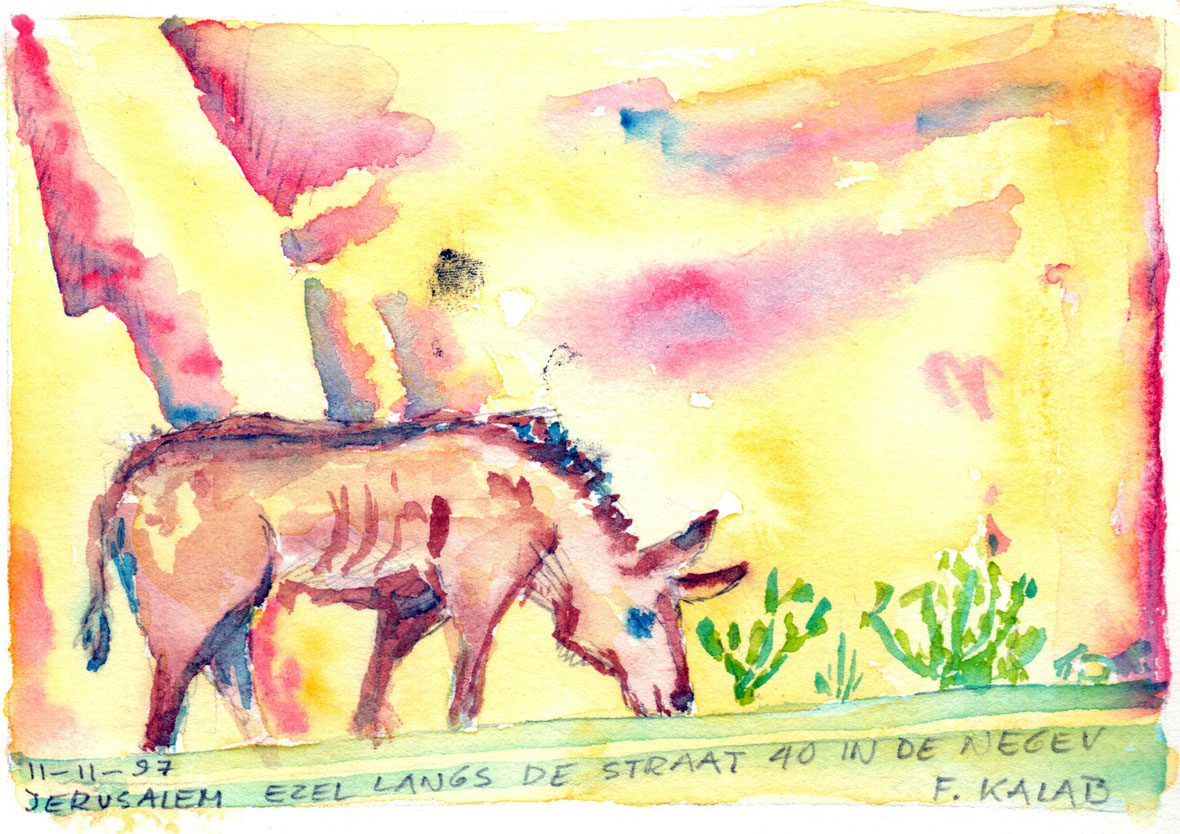3.3 Conclusion
This third and last part of this essay attempted to apprehend how the movement's internal and external relationships can be understood in the light of organizational theory and religious anthropology. It appeared that organizational theory can help partially to understand organizational aspects of the movement and its parts. Yet, while the movement is an evangelizing movement, Mintzberg's clear-cut „missionary configuration” (Mintzberg 1992: 294) still appears to a considerable degree alien to the movement and unable to approach its cultural and social-structural particularity and complexity. While network approaches (Pröpper 1993), social movement views (Duyvendak 1992) and religious movement views (Saperstein 1992) help to perceive yet still other aspects of the movement, they disregard the absence of a hierarchical organizational centre of the movement. The movement's output is not controlled by a central body that social science could discern.
I can wholeheartedly share Martin's view that a social science multi-perspective is an interpretative framework, subjectively imposed on a process of collecting and analysing data, and that it is not an objective description of empirical facts (Martin 1992: 12, 174). Still, her multi-perspective appears alien when related to the movement, as well as when compared with the perspective of the emic structure, which I perceived already in the very first encounters with representatives of the movement, and the modified framework for the study of religion, which regards the religious aspect of the movement right from the outset. Only after subsequent application of the integration, differentiation and fragmentation perspectives Martin proposes to try still other views.
I perceive that the emic structure view in combination with Droogers' framework for the study of religion allows a more holistic and immediate approach that guides to simultaneously pay attention to integration, differentiation, fragmentation and still more. The emic structure drew from the outset of the study the attention to differentiation within the movement. The attention given to power relations, guided by the modified framework, drew the attention to fragmentation. Furthermore, the modified framework made the attention for the supernatural to an inherent continuous part of the study, and not to an appendix. History became an additional introductory and concluding view to perceive the movement in relationship to the church and Judaism.
Religious anthropology contributed to a still more comprehensive view on the movement. So can the notion of transitional rite help to understand the movement, in its liminal experience and expression between church and synagogue, the maintenance of the link to the church, and the striving for recognition of its Jewish identity by the Jewry. From that point of view the movement appears to move slowly from a liminal position into one of gradual recognition by church and Judaism. Accordingly, the Jewish ultra-orthodoxy appears to persist in hostile assaults. From a modern democratic point of view, Orthodox hostility and violence appear hard to grasp. From within an ancient Mosaic view of religious purity, even Orthodox hostilities become perceivable, since Messianic Jews are not recognised sufficiently as Jewish. From there it became possible to hint at a reconciling solution from within Orthodox Jewish patterns of thinking (Weiner 1961) to overcome this apparent impasse, asserting love among Jews as superior to rigid religious purity.

Jerusalem Kalab 1997
Finally, considering the movement's contemporary roots in Protestantism, and its emphasis on rediscovering and re-establishing the Jewish roots allowed viewing it in a long range historic development as a possible late fruit of Renaissance. As stated before, an essay can be considered a tentative effort. As I finish my interpretative composition, the movement has moved on since I formally ended data collection and analysis. The perceptions that I gained by this exercise can only be incomplete and temporary, deserving updating, correction and completion by ongoing conversation.
At the end of this outing to the tableland of the Israeli Messianic Jewish movement, I may thank my patient companion for joining me, in ascent to and strolling around on the plateau, and for reclining on some vantage points. In the awareness that another tour guide might take another route that allows different views on the same landscape, I am looking forward to becoming myself a companion to someone else.